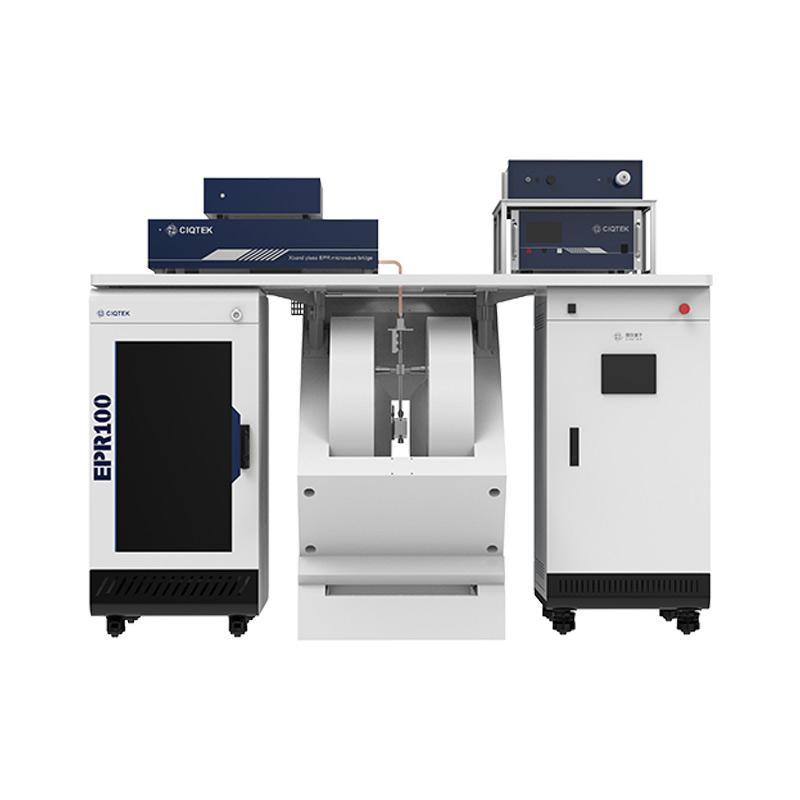Photocatalysis
Semiconductor photocatalytic materials have become a hot research topic due to their potential applications in environmental, energy, selective organic transformation, medical, and other fields. EPR technology can detect active species generated on the surface of photocatalysts, such as e-, h+, •OH, O2, 1O2, SO3, etc. It can detect and quantify vacancies or defects in photocatalytic materials, assist in studying active sites and reaction mechanisms of photocatalytic materials, optimize parameters for subsequent photocatalytic application processes, detect active species and their proportions during photocatalysis, and provide direct evidence for system reaction mechanisms. The figure shows the EPR spectra of 0.3-NCCN and CN, indicating that 0.3-NCCN contains more unpaired electrons, higher crystallinity, and an extended p-conjugated system, resulting in better photocatalytic performance. (International Journal of Hydrogen Energy, 2022, 47: 11841-11852)

















































